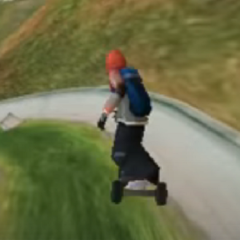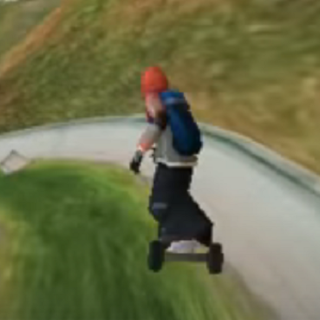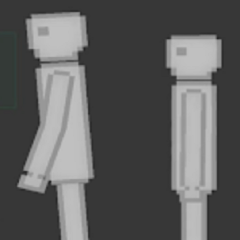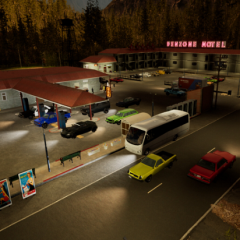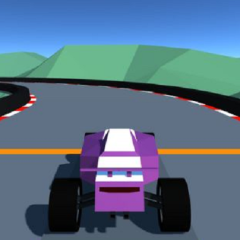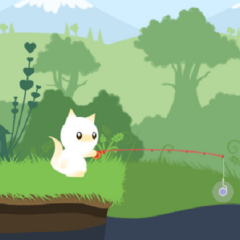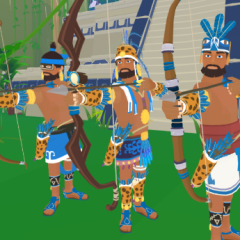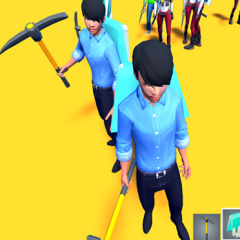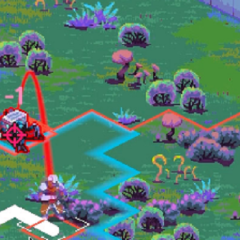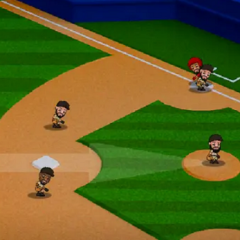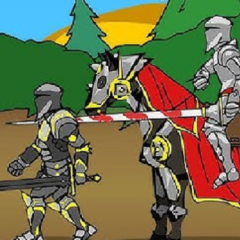Sewer Run is a 3D browser racing game that places players inside large underground tunnels built for speed and gravity-based movement. The player rides a hoverboard-like platform, racing downhill against several opponents while trying to maintain balance and momentum. The objective is to finish first while performing tricks that generate points and short boosts. The environment is designed as a connected series of ramps, pipes, and slopes, where every turn and jump influences the race’s outcome.
Gameplay Mechanics And Structure
The gameplay in Sewer Run focuses on motion control and reaction time. The racer moves automatically down steep slopes, with the player guiding direction, timing jumps, and executing stunts. Tricks performed in midair add to the player’s score and fill a boost meter that increases speed when activated. Clean landings maintain rhythm, while mistakes or crashes break momentum and slow progress. Each course introduces multiple paths, letting players choose between safer routes and faster, riskier ones.
The main features of Sewer Run include:
· real-time 3D downhill racing through tunnel environments
· trick-based boost system for temporary acceleration
· gravity and momentum physics affecting every movement
· eight-player competitive races with collision impact
· wide tracks containing shortcuts and branching routes
These systems make the gameplay a mix of planning, precision, and fast decision-making during each descent.
Track Design And Environmental Layout
Every track in Sewer Run is built around fluid movement and vertical variation. Players navigate curved tunnels, open drops, and ramps that link different paths. Some levels favor speed and long jumps, while others focus on tight corners that test control. The lighting changes throughout each course, helping players anticipate direction and avoid losing orientation. Hidden rails and alternate tunnels allow skilled players to discover faster routes over time. The design rewards memorization and clean execution rather than constant acceleration.
Controls And Skill Development
The control scheme uses a few simple keys but depends heavily on timing. Arrow inputs handle direction, while jump and trick keys determine rotation during airtime. Boosts must be activated carefully to maintain balance and avoid oversteering. New players often focus on reaching the finish line, but with practice, they learn to combine tricks, landings, and turns into one continuous flow. Progress is defined by improving stability and finding better routes through the same tracks.

